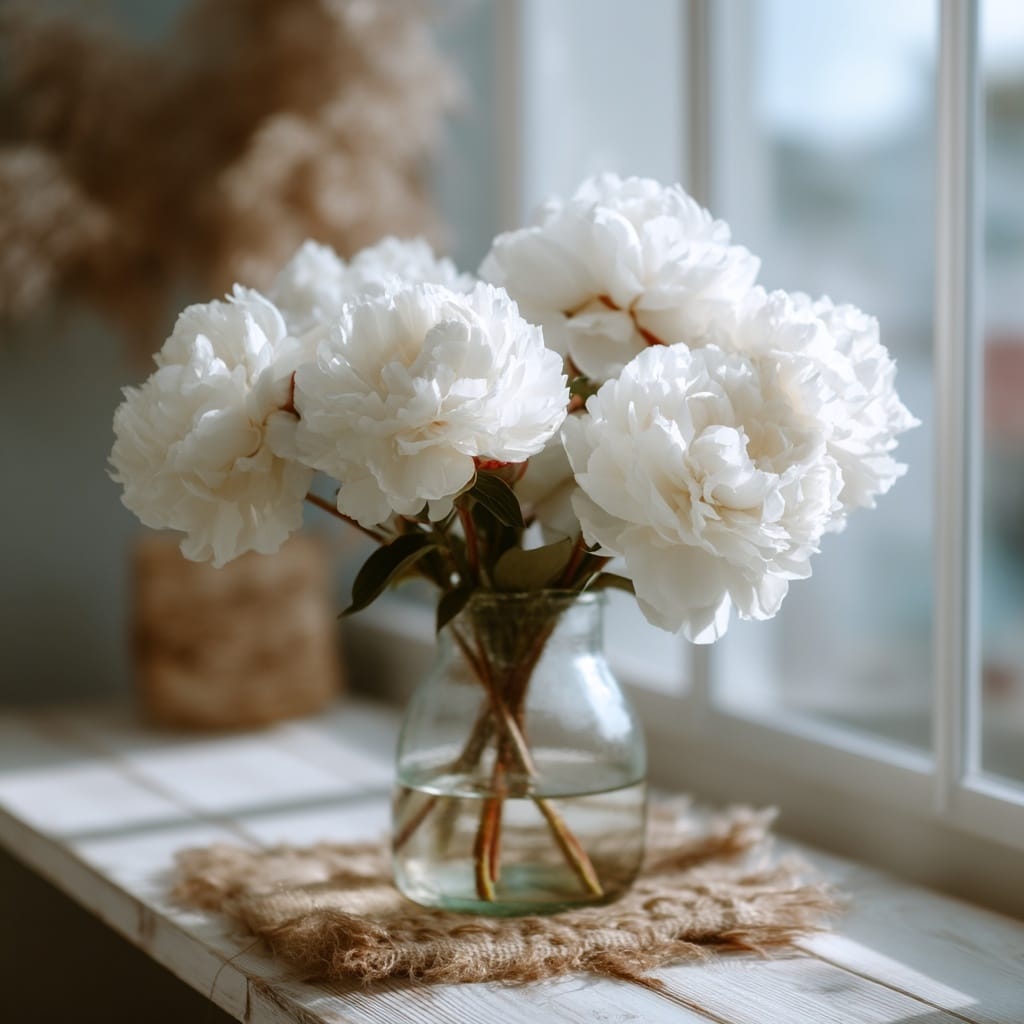White peonies are the crown jewels of early summer gardens—bursting with lush, layered petals, delicate fragrance, and an elegance that effortlessly elevates any outdoor space or bouquet. Blooming between late spring and early summer, these timeless beauties have captured hearts for centuries with their soft charm and symbolic richness. Whether you’re arranging a bridal bouquet, refreshing your flower beds, or planning on growing white peonies in your garden, understanding their varieties, history, and care needs will help you make the most of these enchanting perennials.
In this guide, we’ll walk through everything from the history and symbolism of white peonies to the best types for your garden and how to grow them successfully—even in containers.
Table of Contents
History of White Peonies
The story of white peonies begins thousands of years ago, rooted in ancient cultures that revered this flower for its elegance, symbolism, and healing properties. Native to regions of Asia, Europe, and Western North America, peonies have long been cherished not just for their beauty, but also for their role in tradition and medicine.
In ancient China, white peonies were grown in imperial gardens as early as 1000 BC, where they quickly became symbols of nobility and prosperity. By the 7th century, during the Tang Dynasty, they had achieved such prestige that they were placed under imperial protection—reserved only for royalty. The flower’s cultural significance continued to grow, and in 1903, Empress Dowager Cixi named the peony the national flower of China (a title it later lost during the Cultural Revolution).
As trade and exploration expanded in the 1800s, European botanists discovered the Chinese varieties and brought them back west. In Victorian and Edwardian gardens, white peonies became popular not just as ornamental showpieces but also for their connection to wealth and good taste. Many of the hybrids developed during that period are still available today—testament to their lasting appeal.
Beyond their aesthetic value, white peonies were also used in traditional medicine, particularly for their roots, which were believed to help treat a variety of ailments. This blend of cultural heritage and practical utility gives the flower a storied place in gardening history.
Types of White Peonies
There’s something deeply satisfying about choosing the perfect variety of white peonies for your garden or bouquet. With over 30 species and countless hybrids, white peonies come in a surprising array of forms—each with its own charm, petal arrangement, and fragrance.
Here are some of the most admired types to consider when growing white peonies in your garden:
1. Early Windflower (Single Bloom)

This dainty and elegant variety features a simple ring of silky white petals surrounding a cheerful burst of yellow stamens. Early to bloom and lightly fragrant, it’s a perfect choice for those who enjoy understated beauty and a more naturalistic garden style.
2. Lotus Queen (Japanese Style)
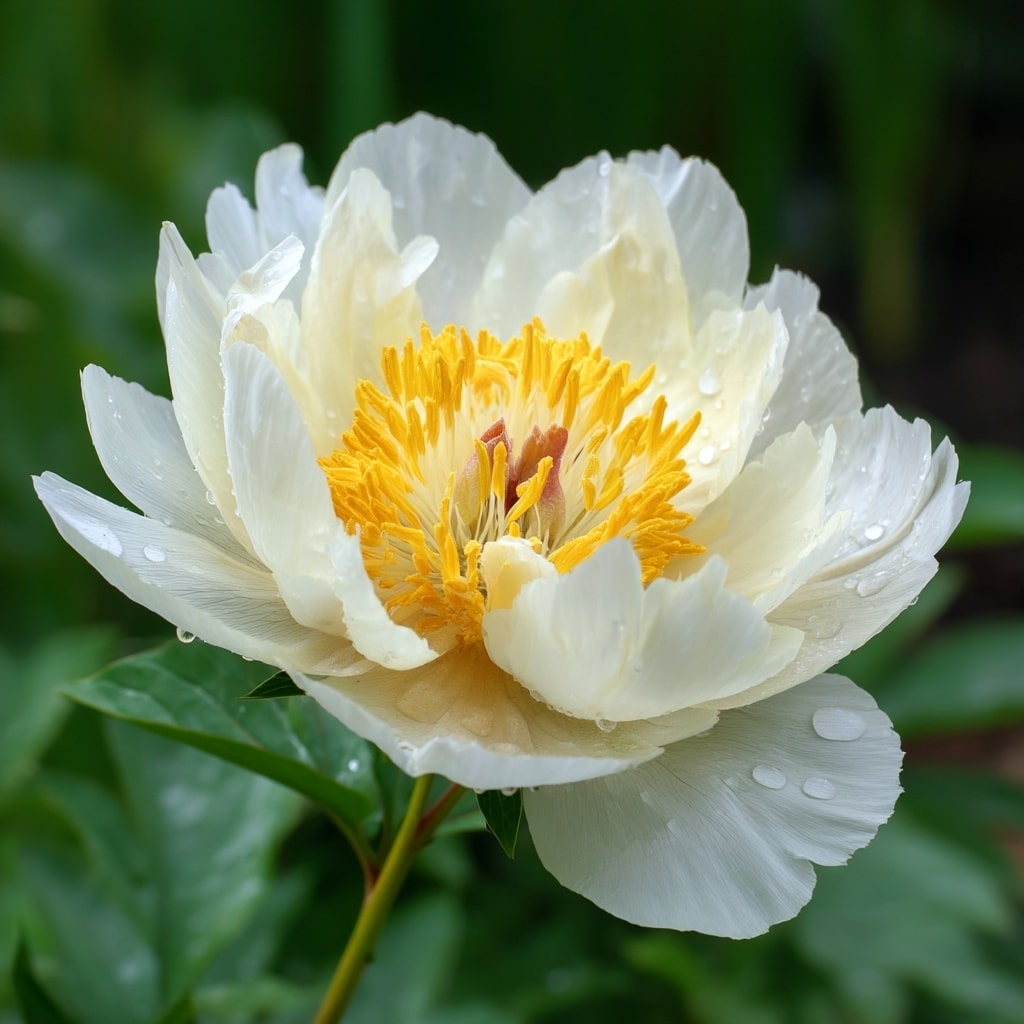
While not heavily scented, the Lotus Queen peony compensates with its graceful shape and vivid contrast—a fluffy crown of golden stamens encased in large white outer petals. Ideal for more formal arrangements, it lends a stately yet serene presence to borders or containers.
3. White Grace (Semi-Double Bloom)

A lush choice for gardeners who appreciate fullness without overwhelming density. The semi-double White Grace produces layers of white, slightly ruffled petals that gently open to reveal a golden center. A soft fragrance adds to its appeal, especially near walkways or windows.
4. Festiva Maxima (Double Bloom)
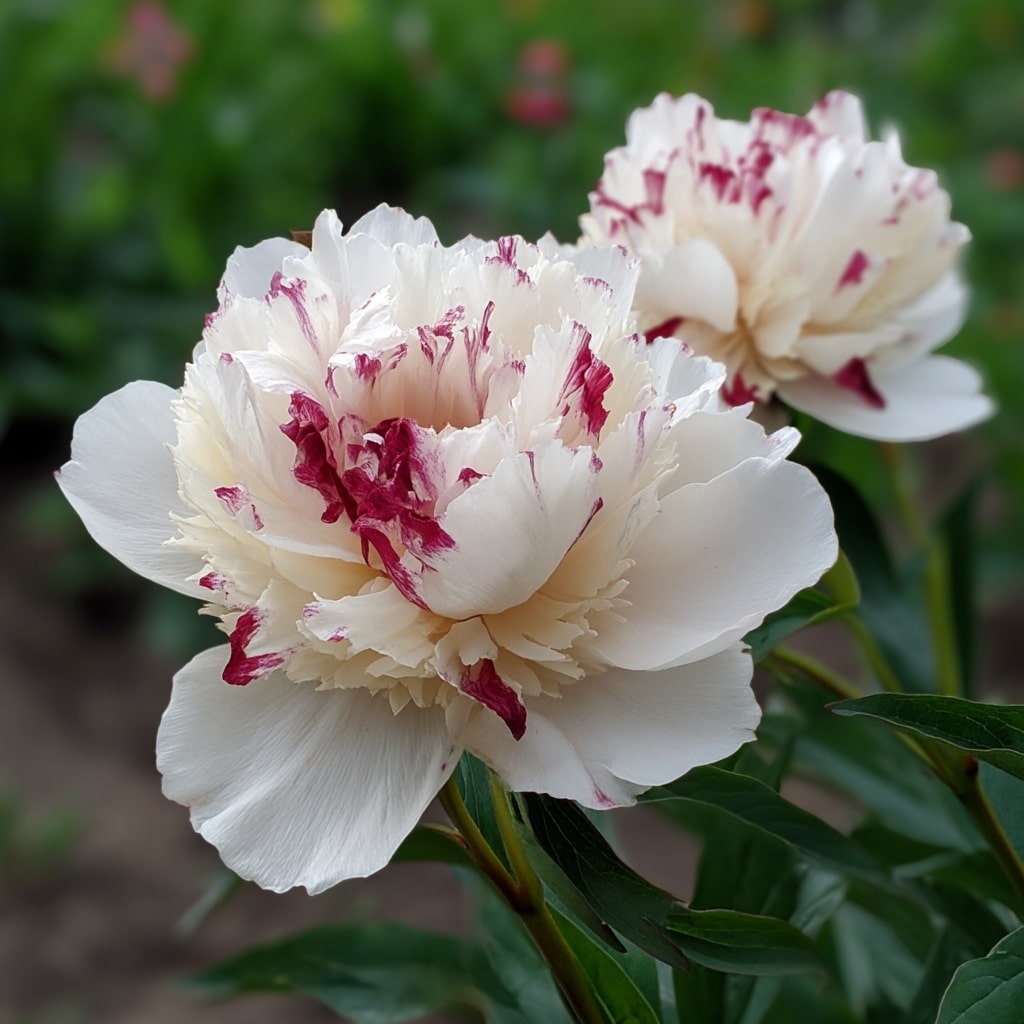
This classic heirloom variety has been winning hearts since the 19th century. Its large, heavily petaled white blooms are tinged with crimson flecks, giving it a unique, vintage look. Highly fragrant and show-stopping in arrangements or garden beds.
5. Bomb Peonies (Unique Form)

Named for their “bomb-like” shape, these peonies have shorter outer guard petals that support a rounded ball of inner ones. This gives them a puffball appearance that’s ideal for cutting and floral design. Typically rich in texture but still elegantly refined.
6. Bridal Gown (Full Double Bloom)

As romantic as the name suggests, the Bridal Gown variety is a cloud of creamy-white petals forming a densely packed bloom. With a whisper of blush or ivory at its heart, this peony is a favorite for weddings and formal displays.
Each of these varieties offers something special, whether it’s fragrance, bloom shape, or a specific aesthetic. By mixing types or selecting one that best fits your space, you’ll be able to enjoy the enduring charm of white peonies year after year.
What Do White Peonies Symbolize?

Few flowers carry as much layered meaning as white peonies. Their symbolism spans continents and centuries, evolving through mythology, imperial tradition, and modern celebrations of love and beauty.
Greek Mythology: Modesty and Transformation
The name “peony” is rooted in ancient Greek myth. According to one tale, a beautiful nymph named Paeonia attracted the attention of Apollo, the sun god. Caught in the gaze of Aphrodite, the goddess of love, Paeonia blushed deeply with embarrassment. In a twist of jealousy, Aphrodite transformed her into a flower—thus, the peony came to symbolize shame and bashfulness.
Chinese Tradition: Royalty and Elegance
In ancient China, especially during the Tang Dynasty, white peonies were considered flowers of imperial nobility. They were so revered that only the royal family could use their image in embroidery. The bloom became a lasting symbol of wealth, grace, and high social status. Though the peony was eventually dethroned as China’s national flower, it remains deeply associated with honor and feminine beauty.
Modern Meanings: Love, Luck, and New Beginnings
Today, white peonies are frequently used in weddings and romantic celebrations, thanks to their associations with pure love, prosperity, and good fortune. They’re also the official flower of the 12th wedding anniversary, making them a thoughtful gift for couples marking this milestone.
Because of their full, rounded blooms and long history, white peonies also symbolize completion, renewal, and new beginnings—making them ideal for marking life transitions, graduations, or the start of a new season.
Fascinating Facts About White Peonies
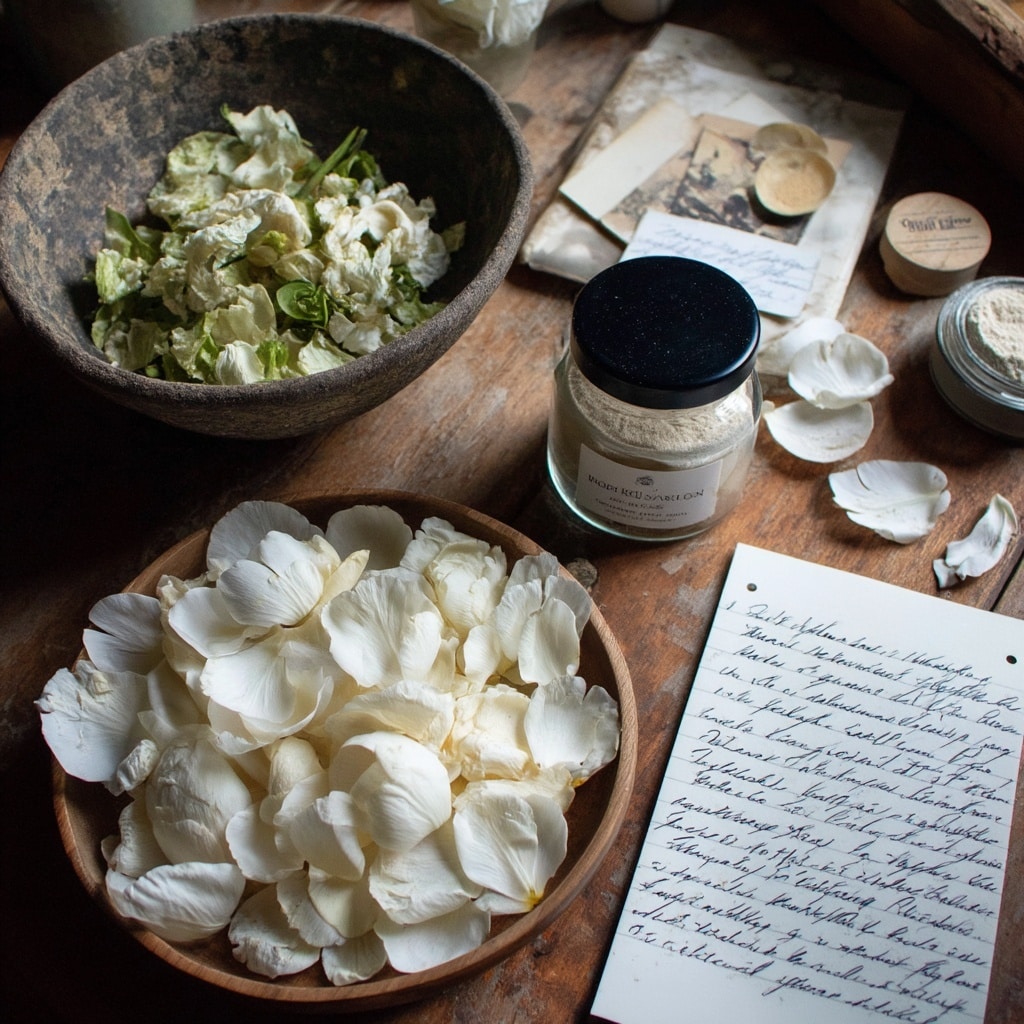
Beyond their stunning looks and rich symbolism, white peonies come with a few surprises. From culinary traditions to garden longevity, these blooms are full of interesting quirks that make them even more lovable—especially if you’re planning on growing white peonies in your garden.
Yes, They’re Edible!
In Chinese cuisine, peony petals—including those of white varieties—are sometimes blanched and used in desserts or tossed fresh into salads. Their mild, floral flavor pairs beautifully with delicate dishes. If you plan to try this at home, make sure your peonies are organically grown and untreated, and always consult a reliable guide on edible flowers.
A Healing History
White peonies have long been used in Traditional Chinese Medicine (TCM). The dried root—called Bai Shao—is believed to have anti-inflammatory properties and has been used to treat everything from headaches and menstrual pain to liver issues and convulsions. While modern science is still exploring its effectiveness, this historical use highlights the plant’s value beyond its beauty.
Patience Pays Off in the Garden
One of the most surprising things about growing white peonies in your garden is their timeline. Peonies take their time—up to three years—to settle in and start producing impressive blooms. But once established, they can live for decades, even up to 100 years, flowering reliably each spring.
Yes, You Can Grow Them in Pots
Limited on garden space? No problem. Compact varieties like Patio Peony Dublin are perfect for container gardening. Choose a deep pot with good drainage, plant in nutrient-rich soil, and make sure your peony gets at least 6 hours of sunlight a day. They’re surprisingly low-maintenance once rooted.
Pollinator-Friendly Perennials
If you’re aiming for a bee-friendly garden, white peonies are an excellent addition. Their large, open blooms attract bees, butterflies, and other beneficial insects—helping you support local pollinators while enjoying a gorgeous display of blooms.
White peonies are clearly more than just a pretty face. With their culinary uses, medicinal roots, and impressive lifespan, they make a wise and meaningful choice for any home gardener.
Conclusion
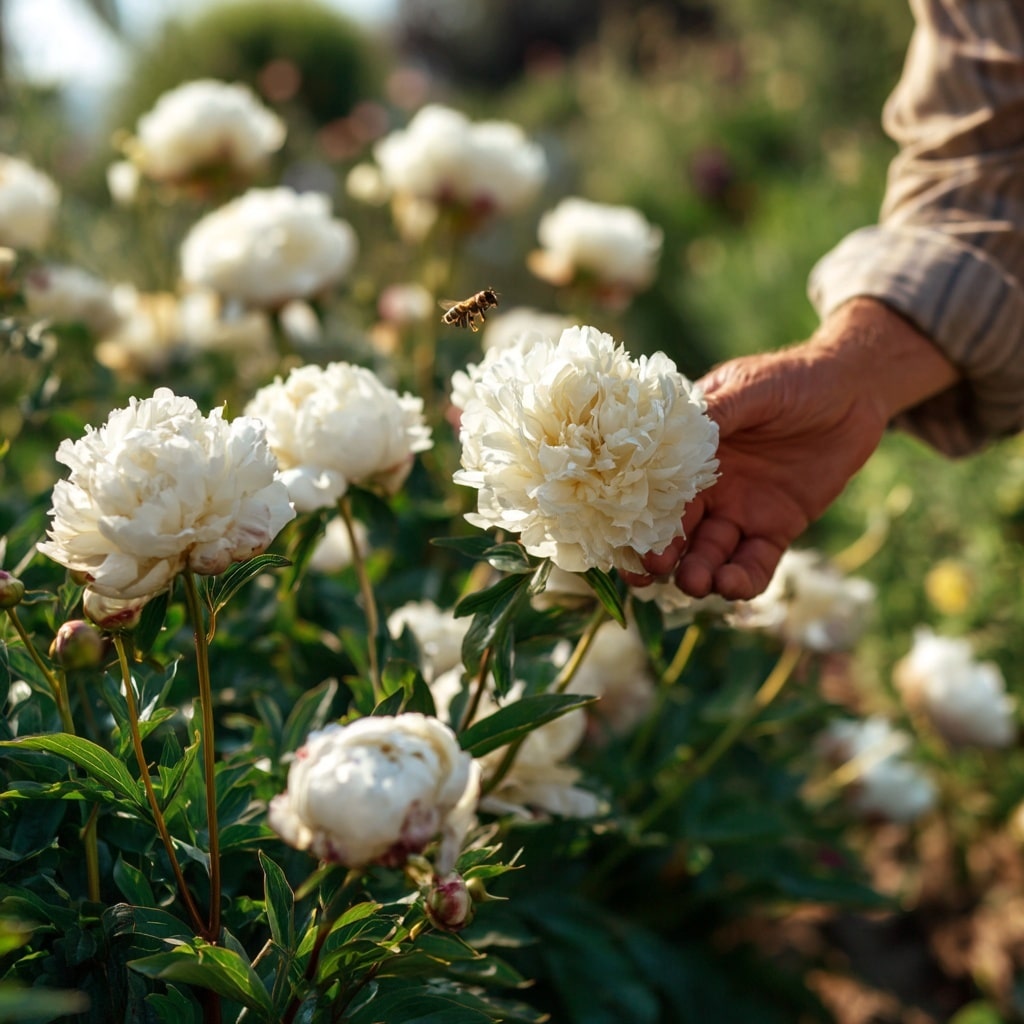
White peonies are more than just seasonal showstoppers—they’re a timeless symbol of grace, history, and natural beauty. Whether you’re drawn to their fluffy petals, captivated by their imperial past, or intrigued by their longevity in the garden, these blooms deliver far more than just aesthetics.
From the Early Windflower to the classic Festiva Maxima, each variety has something unique to offer. And with a bit of patience, you can enjoy their soft white blooms year after year—whether planted in borders, grown in containers, or arranged in a bridal bouquet.
If you’re planning on growing white peonies in your garden, you’re investing in a plant that’s rich with story, strength, and style. With proper care and the right placement, your white peonies can thrive for decades—bringing pollinators to your space and joy to your mornings.

